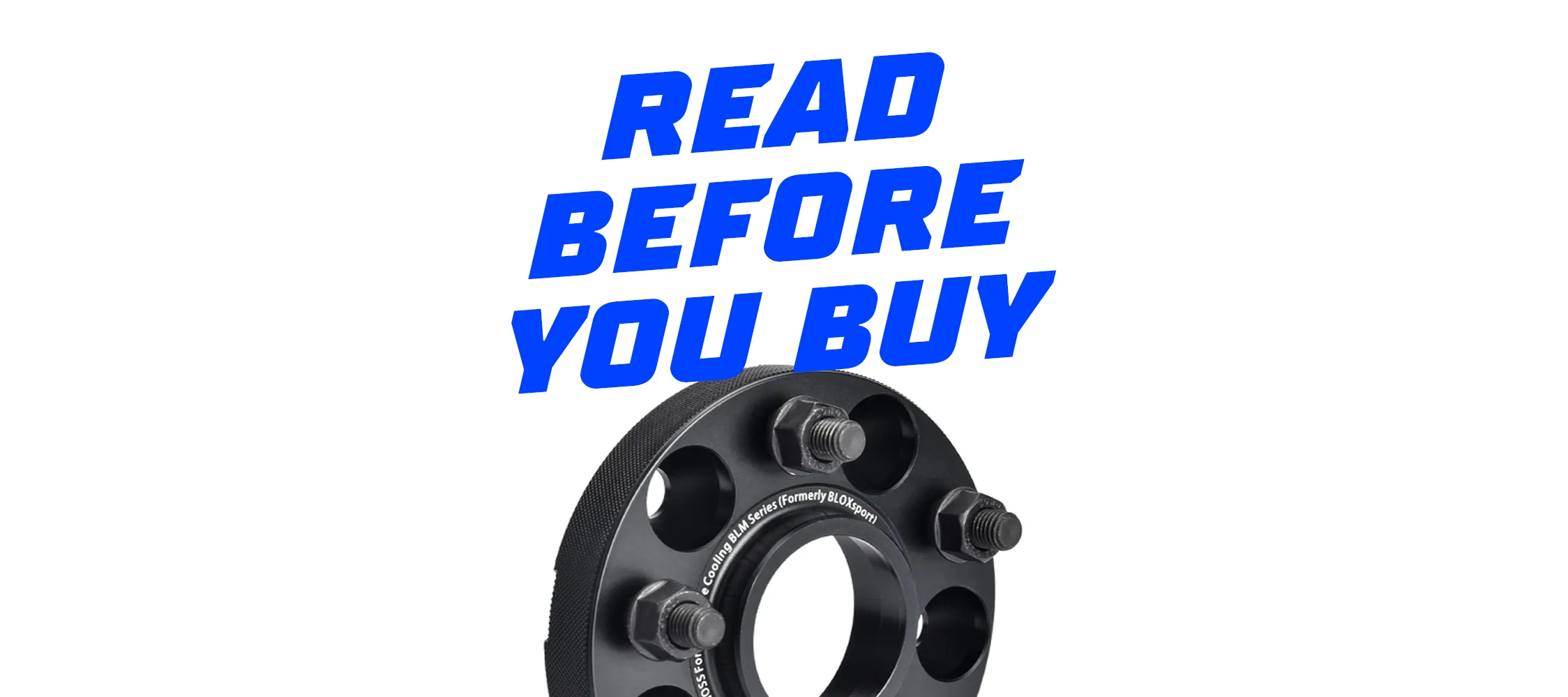What You Should Learn Before Making a Purchase
When it comes to modern-day performance trucks and SUVs, wheel spacers are among some of the most common accessories. These aftermarket components have become relatively commonplace; however, plenty of different questions remain about their use. The following article explains exactly why wheel spacers are so popular with modding fans while taking a look at both their pros and cons.
Basic Working Principles
Most wheel spacers available in the aftermarket are engineered to be bolted between the vehicle’s axle mounting hub and wheel.
Some spacer types, also known as wheel adapters, are specifically designed for changing the wheel bolt opening pattern. The components are created for lengthening the axle, thus widening the wheel stance, which translates into better handling and driving dynamics.
Materials in Question
Most of wheel spacers designed and manufactured for use in the sport utility vehicle and pickup truck segment are made from high-quality materials. 6061-T6-grade aluminum is the most commonly used metal, offering significant weight savings over steel, and providing both durability and strength. The latter allows these components to function as intended while ensuring greater structural integrity and longevity of use for thousands of miles.
Why Would Anyone Use a Wheel Spacer?
Majority of present-day 4WD vehicles come with substantial backspacing, hence adding bigger-size tires can cause rubbing over frame and suspension. Installing a set of quality wheel spacers moves the tires outwards from their wells, thus helping significantly with proper clearance and angling. A new set of spacers is much less costly than new rims and tires, can be easily installed in minutes, being one of the most worthy upgrades for your truck or SUV.
Alter the Stance
One more sound reason to purchase and install quality wheel spacers is to match the vehicle’s stance while altering/correcting its original design. Quite often this is because of the pickup truck or sport utility vehicle’s front end having a somewhat wider wheel stance than its rear end. In general, this is one of the main reasons why wheel spacer kits are usually sold featuring only two, instead of four, spacer roundels/plates.
Safety Tips for All Attempting the Installation
The primary concern with spacers is that they can become loose, with the main recommendation against that being the use of proper torquing specs.
Besides, it is also advised to use high-quality and -strength thread locker, which is favored by plenty of different modding fans and do-it-yourself installers. If additional safety is required, go ahead and mark the spacer nuts with paint so as to see during maintenance whether they are still tightened.
Backspacing
Mounting a new wheel spacer can be somewhat similar to exchanging a factory wheel for an aftermarket one with less backspacing. For instance: if the original wheel is designed with 5 inches of back spacing and you install a 2-inch wheel spacer, then the back spacing now is 3 inches. One must understand clearly that the lesser the backspacing, the farther the rim will be positioned out of the vehicle’s wheel well. You are wearing out your vehicle’s front-end components using spacers in exactly the same way as if you were installing wheels with less backspacing. This won’t become a major issue, especially when a spacer is mounted with a stock wheel; however, it can get problematic with aftermarket rims. In general, the spacer won’t fail at any given time, although, placing the wheels farther out may cause the ball joints, bearings, and tie-rods to fail prematurely.
What’s the Right Spacing?
One needs to be aware that mounting the wheel spacers under 2 inches thick is preferable to ensure ideal performance. Although, keep in mind that the original equipment bolts might extend beyond the external surfacing of the component, with you having to trim them off. Besides, select the hub-centric wheel spacers, if available, without stacking them to ensure the most durable fitment possible.
Off-Roading Safety
We should go ahead and clear up some of the misconceptions about wheel spacers, beginning with the one that they are designed only for daily-driving vehicles. Not so, because our staff has been using them for years while running plenty of tests, without ever having any failures, issues, or problems. Of course, it would be preferable to purchase a new set of aftermarket rims; however, these components offer an alternative way to move the O.E. rims out at a lower cost.


































